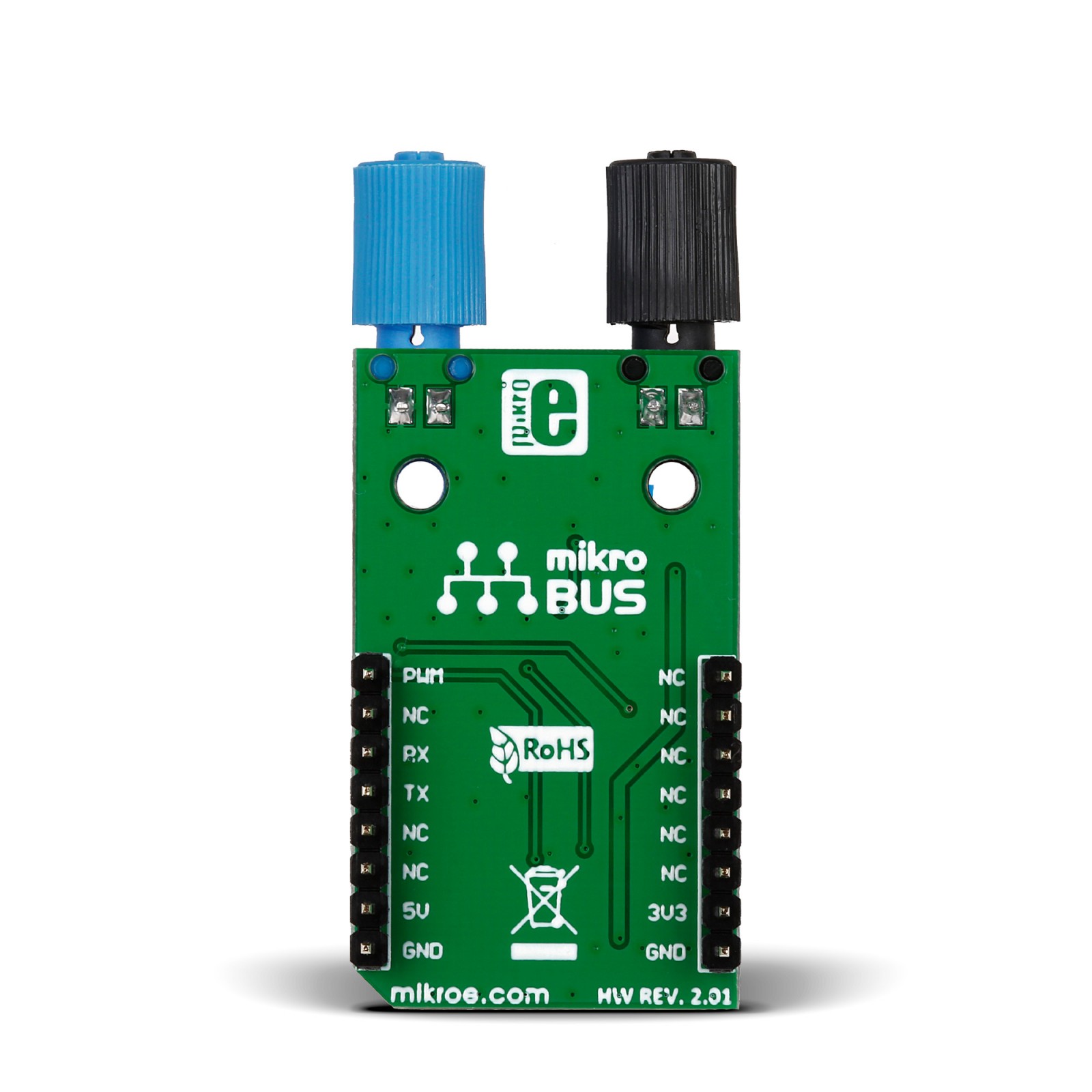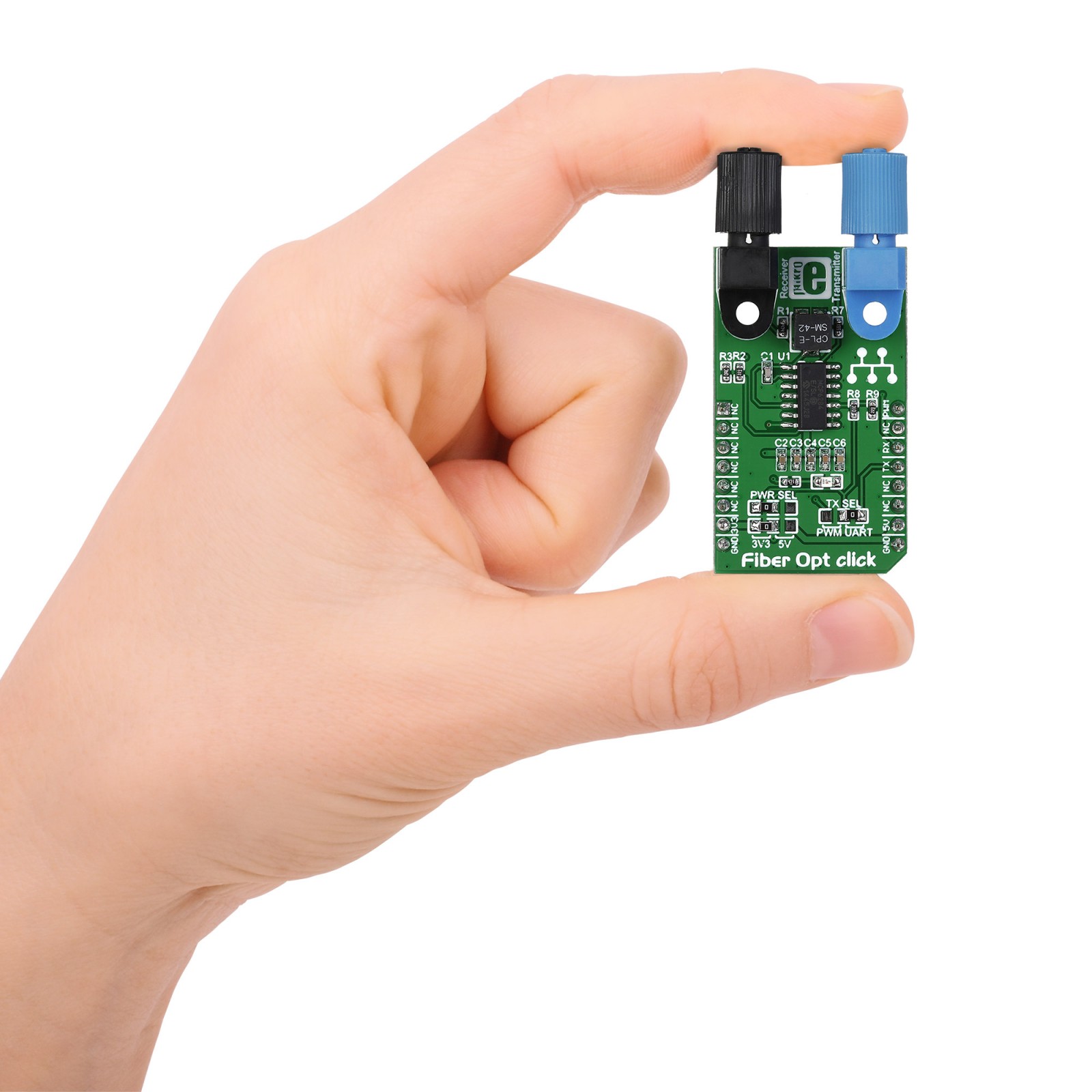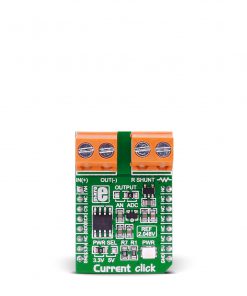Fiber Opt Click
R755.00 ex. VAT
Fiber Opt Click is a compact add-on board that adds fiber-optic communication to your design. This board features one IF-D91, a fiber-optic photodiode, and one IF-E97, a fiber-optic LED, both from Industrial Fiber Optics. It provides a plastic optic connection feature over a plastic fiber cable with typical data rates of up to 512Kbps, and a maximum of up to 1Mbps, depending on the driving circuitry and implementation. Received data from the IF-D91 photodiode is filtered and amplified through a dual operational amplifier, the MCP6284from Microchip, and sent for further processing via selected mikroBUS™ lines. This Click board™ makes the perfect solution for high-speed digital data links, local area networks, video links, EMC/EMI signal isolation, fiber optic modems, and more.
Fiber Opt Click is supported by a mikroSDK compliant library, which includes functions that simplify software development. This Click board™ comes as a fully tested product, ready to be used on a system equipped with the mikroBUS™ socket.
Stock: Lead-time applicable.
| 5+ | R717.25 |
| 10+ | R679.50 |
| 15+ | R641.75 |
| 20+ | R617.59 |























